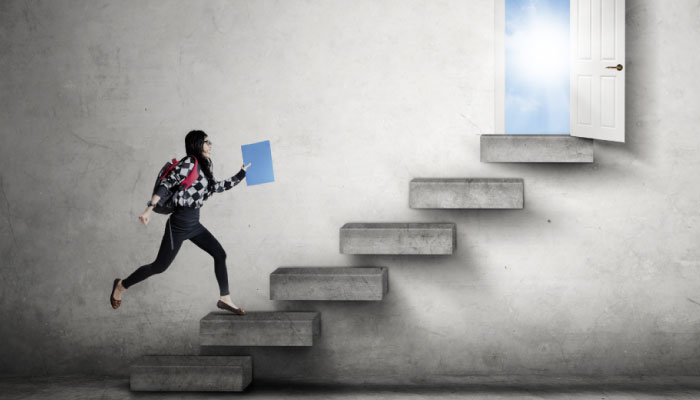Classroom instruction is of limited use if it does not translate into academic, workforce, and community/life skills. Students need authentic learning experiences to guide them toward becoming both global citizens and well-prepared, creative-thinking college students. And those are the exact results Project-Based Learning promises.
Few people know the Project-Based Learning (PBL) philosophy better than Jorge Valenzuela. In his live webinar for Eli Education, “Relevant Career Pathways and Project-Based Learning for Student Success,” Valenzuela explains how to take instruction deeper to offer students a learning experience that invites thoughtful investigation, problem-solving, constructive critique, and connection to the wider world.
What PBL Is and How It Works
PBL is a teaching method where “students gain knowledge and skills by working for an extended period of time to investigate and respond to an authentic, engaging and complex question, problem, or challenge,” explained teachers’ resource consultants Buck Institute for Education. PBL involves:
- Key knowledge, understanding, and success skills
- A challenging problem or question
- Sustained inquiry
- “Authenticity”–putting the question in a real-world context
- Student choice about the problem
- Reflection on learning
- Critique and revision of the process
- A public product, including display beyond the classroom
A flexible tool: PBL is adaptable to all grade levels, Melinda Kolk explained in Tech4Learning. While high schoolers have advanced thinking skills, middle schoolers are idealistic and growing cognitively, and elementary students love to play and are willing to take on new tasks.
An out-of-the-box solution, wrote Andrew Miller for Edutopia, an educational resource foundation, is to mix peers from different grades in your PBL efforts. “Younger students can learn from older students and vice versa,” Miller explained; a smart idea is to form teams based on students’ individual strengths and challenges.
PBL: From Confucius to Dewey to 2018
PBL proponents trace the method’s origins to thinkers, such as Confucius and Aristotle, who were early fans of experiential learning. They note that 20th-century educational theorist John Dewey argued in favor of active experiences for students—as opposed to passive learning. Maria Montessori also championed learning through environmental experiences, and psychologist Jean Piaget laid the foundation for an education system that valued questioning, investigating, and interacting.
Now, in the 21st century, PBL’s popularity is surging—perhaps in part because educators are struggling to integrate soft skills with traditional educational methods.
“Education has moved from the age of sitting and getting to become an enriching process for all students to succeed and achieve,” wrote Matthew Bohrer, principal of Lincoln-Douglas Elementary in Freeport, Ill. His students employed PBL to explore what makes a great pizza and define habitat.
In South Carolina, wrote former governor Richard Riley, PBL is credited with modernizing educational methods in disadvantaged schools. An initiative there, Riley wrote, helps “educators infuse project-based learning in classrooms, combine courses in creative new ways, use project-based learning much of the time, and push students to use technology and communications skills they’ll need for the future.”
That final piece is key, according to Valenzuela, who notes how essential it is for schools to equip students, not just for future academic success, but for their future careers as well.



